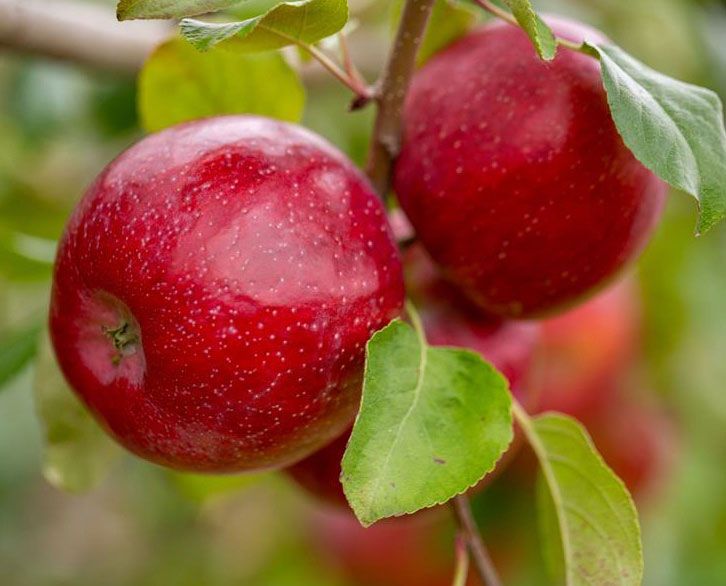Steering The Future With Precision Ag
Georgia grower Kent Hamilton turned to precision ag to help him save time. Growing cucumbers, bell peppers, hot peppers, cabbage, eggplant, and squash on 800 acres on 32-inch raised beds, he opted to use an auto-steering system to put down methyl bromide alternatives, Telone (chloropicrin, Dow AgroSciences), Telone II (1, 3-dichloropropene, Dow AgroSciences), and Vapam (metam sodium, Amvac Chemical Corp.).
“We do our fumigating in the winter and early spring and have to wait each day for the soil to warm up to 50 degrees,” explains Hamilton. “It’s usually after noon before we can start, and darkness comes early in the winter.”
So about five years ago, Hamilton saw the advantages of auto-steering. “Now we can run into the dark hours,” he explains. “We’re able to go seven to nine hours a day rather than five to seven before.”
Auto-steering uses the Global Positioning System (GPS) to steer tractors. AutoFarm came out with the first AutoSteer system in 1999.
Simplifying Processes
“It’s made bedding up a lot simpler,” explains Hamilton, who also raises winter vegetables on Mexico’s Yucatan Peninsula. “Before, we had to use flags in the center of every dry middle. That was expensive and time-consuming, and it was impossible to get those rows exactly right.”
Auto-steering makes field work a “hands-off” operation. The driver turns the tractor around at the end of the pass, but the AutoSteer system steers down the row, leaving the driver free to watch the implements or tend to other tasks.
Auto-steering cuts costs and increases returns in several ways. There is no overlap in tillage, spraying, or fertilizing. Drivers are able to work longer hours and are less-fatigued, and field operations can continue into the night, and in dusty or foggy conditions.
Auto-steering also eliminates compaction in crop rows, and in-season operations don’t crimp roots or crops. Most of Hamilton’s cucumbers are grown on vertical netting for extra yield and quality. “But if you spray with drops,” he says, “those nozzles hang into the canopy and can damage the crop. With AutoSteer, those rows are perfectly straight so it’s easier to keep the sprayer in-line.”
Drip tape is buried an inch underground and plastic is laid to hold in the fumigants and to reduce evaporation. “It’s important to know where that drip tape is,” Hamilton explains. “With some of our crops, we want to be a specific distance from the tape. Too close, and we might drown the seed; too far and we couldn’t get our starter fertilizer to it.”
To get that kind of accuracy, Hamilton needs an RTK (Real-Time Kinematic) AutoSteer system. Only RTK has sub-inch accuracy, he explains. Hamilton re-forms his beds every two years, using two John Deere 8120 tractors each equipped with an AutoSteer system.
“When I come in to re-form those beds, I can do more acres with the AutoSteer,” reports Hamilton. “I don’t have to lay out the field because it’s already stored on the computer and I don’t have to use flags to know where I am.”









